Introduction
Discover the joy of Pav Bhaji, a beloved Indian street food that’s a flavorful blend of vegetables and spices served with buttery pav. Perfect for Indians in the USA, this recipe will bring a taste of home to your kitchen.
In this guide, we’ll walk you through the history of Pav Bhaji, ingredients needed, step-by-step cooking instructions, and tips for perfecting this dish. You’ll also find variations to suit different tastes and dietary preferences.
Introduction to Pav Bhaji
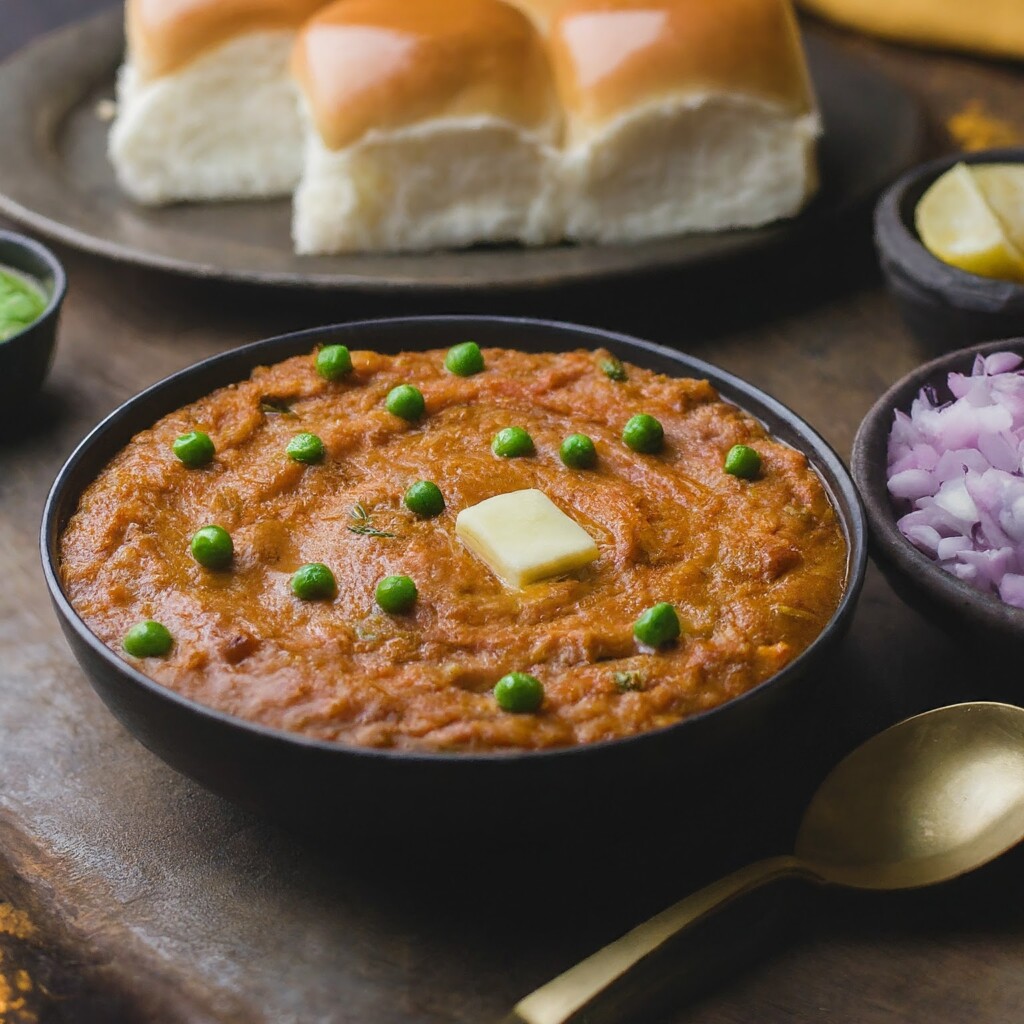
What is Pav Bhaji?
Pav Bhaji is a popular Indian street food that features a spiced vegetable mash served with buttered bread rolls, known as pav. Originating from Mumbai, this dish combines a variety of vegetables cooked with a special spice mix to create a hearty and flavorful experience.
The Origin and History of Pav Bhaji
Pav Bhaji was first introduced in Mumbai as a quick meal for mill workers. Over time, it evolved into a beloved street food enjoyed by people from all walks of life. Its rich, spicy flavors and satisfying texture make it a favorite for many.
Why Pav Bhaji is Popular in the USA
For Indians residing in the USA, Pav Bhaji offers a nostalgic taste of home. Its vibrant flavors and comforting nature make it a hit at gatherings and a comforting meal on busy days. The recipe’s versatility allows it to be adapted to local tastes and ingredient availability.
Ingredients Needed
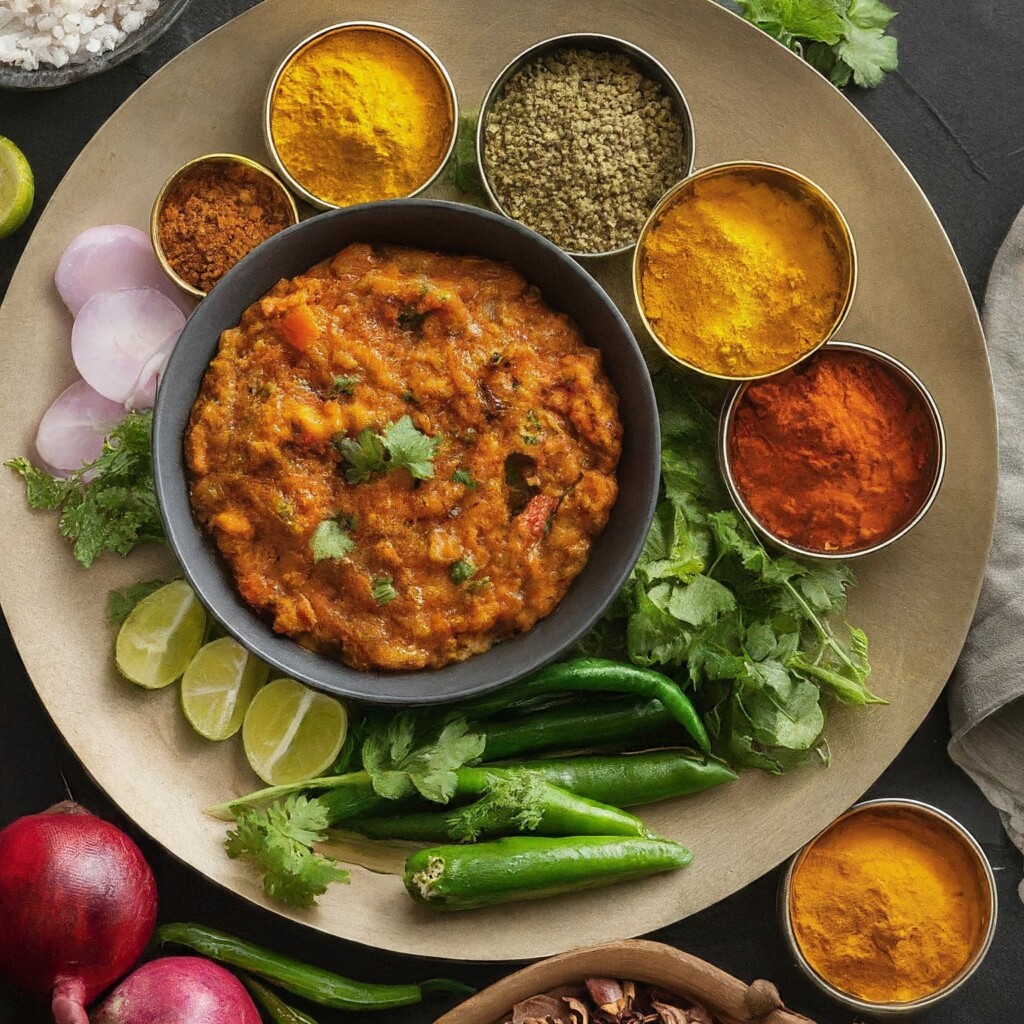
Vegetables for Pav Bhaji
Potatoes
Potatoes form the base of the Bhaji, providing a creamy texture when mashed. Use starchy potatoes like Russets for the best results.
Tomatoes
Tomatoes add tanginess and a rich base for the Bhaji. Choose ripe tomatoes for maximum flavor.
Bell Peppers
Bell peppers contribute sweetness and crunch. Red, green, or yellow peppers can be used based on preference.
Carrots
Carrots add a subtle sweetness and texture. Dice them finely to ensure they blend well with the other vegetables.
Spices and Seasonings
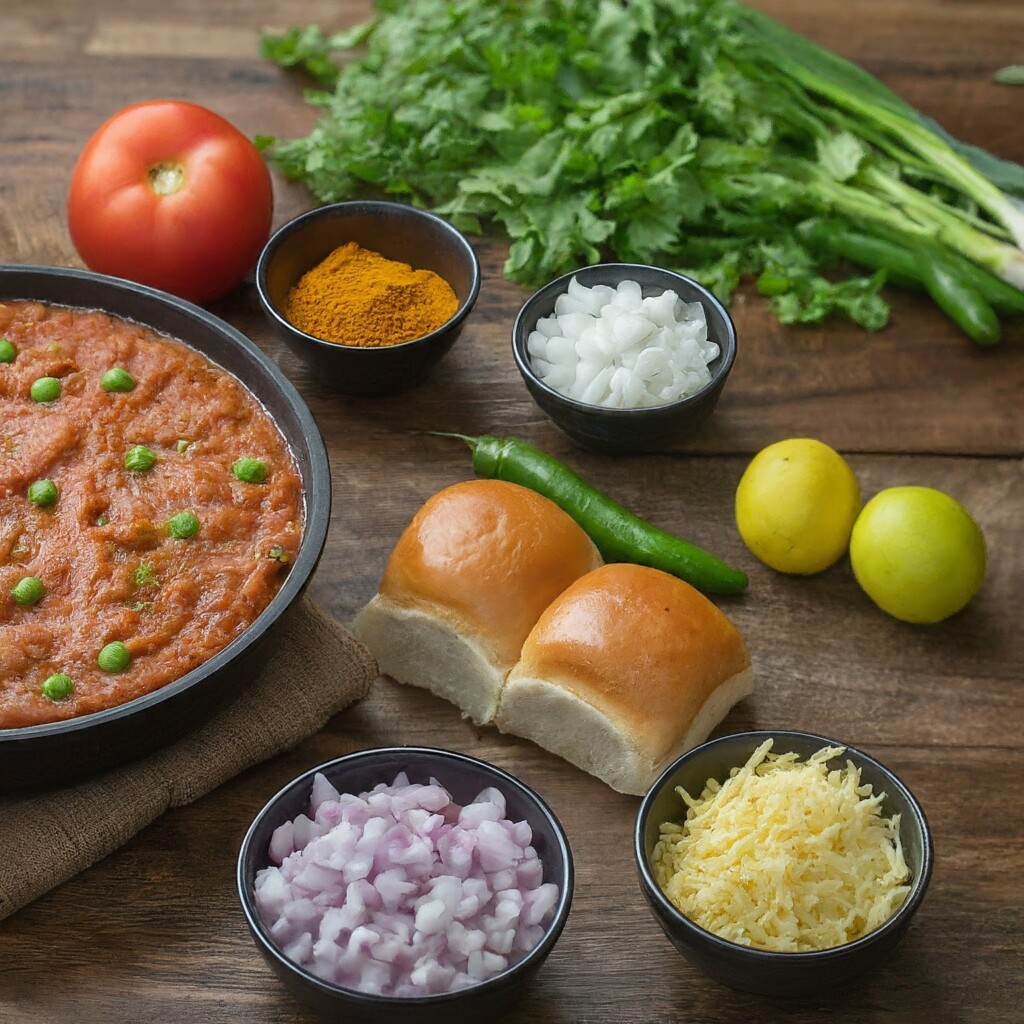
Pav Bhaji Masala
Pav Bhaji masala is a key ingredient that defines the dish’s flavor. You can buy it pre-made or prepare it at home with a blend of spices like cumin, coriander, and garam masala.
Garam Masala
Garam masala adds warmth and complexity to the Bhaji. Use it sparingly to enhance the overall flavor.
Lemon Juice
Lemon juice brightens up the flavors and adds a tangy twist. Fresh lemon juice is preferable for the best taste.
Accompaniments
Buttered Pav
Pav is the bread roll served with Bhaji. It should be buttered and toasted to a golden brown.
Chopped Onions
Finely chopped onions provide a fresh, crunchy contrast to the soft Bhaji.
Fresh Coriander
Fresh coriander adds a burst of freshness and color.
Lemon Wedges
Lemon wedges are served on the side to add a zesty flavor to the Bhaji.
Preparing the Vegetables
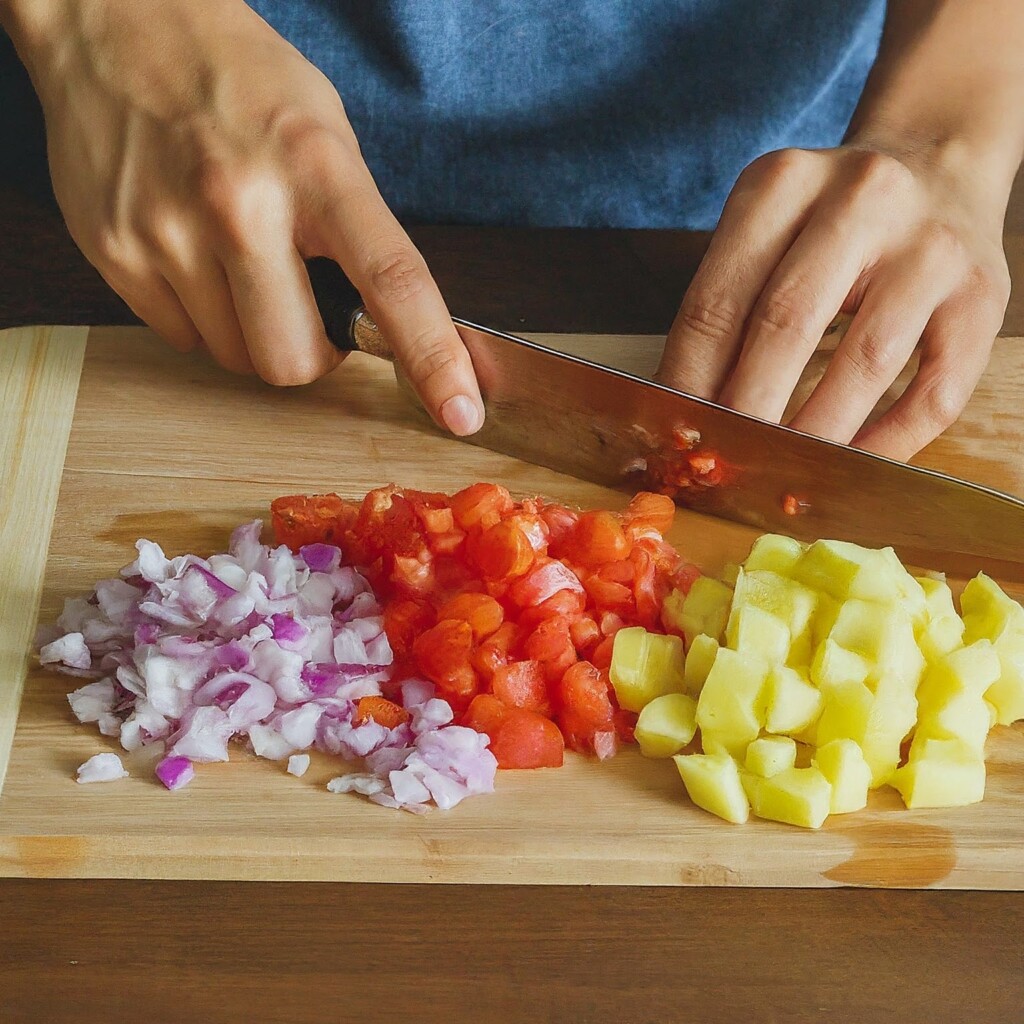
Boiling and Mashing the Vegetables
Start by boiling potatoes, carrots, and peas until tender. Once cooked, mash them together to form a smooth base for the Bhaji.
Sauteing the Vegetables
In a pan, sauté finely chopped onions, bell peppers, and tomatoes until they become soft and aromatic. This step enhances the flavors and prepares them for blending with the mashed vegetables.
Making the Pav Bhaji
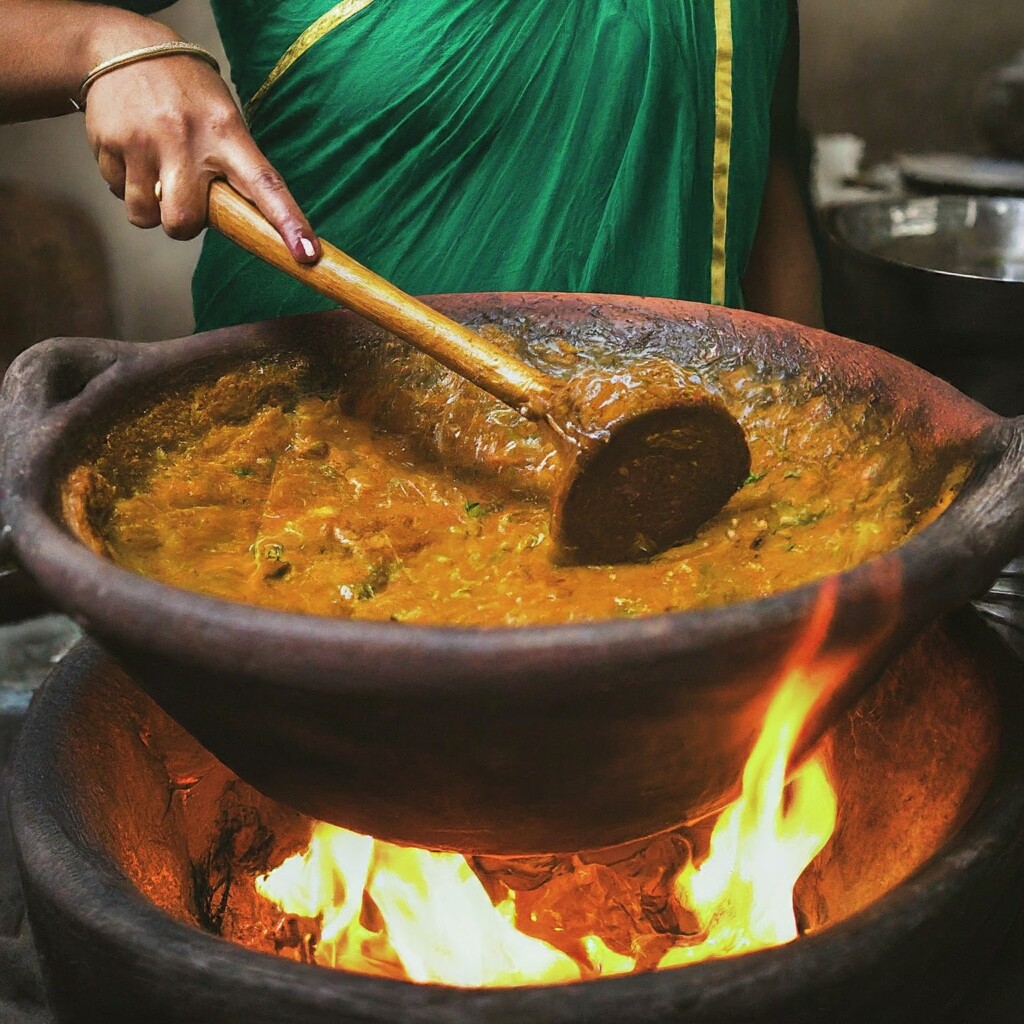
Cooking the Spices and Tomatoes
Add Pav Bhaji masala and garam masala to the sautéed vegetables, allowing the spices to toast and release their flavors. Incorporate tomatoes and cook until they break down into a thick sauce.
Combining the Vegetables and Spices
Mix the mashed vegetables with the spiced tomato mixture. Stir well and let the Bhaji simmer to allow the flavors to meld together.
Simmering for Flavor
Let the Bhaji cook on low heat for at least 15 minutes, stirring occasionally. This helps deepen the flavors and ensures a well-blended, flavorful dish.
Preparing the Pav (Bread)

Types of Pav to Use
Opt for soft, fluffy pav or dinner rolls. These are ideal for soaking up the Bhaji and complement the dish perfectly.
Buttering and Toasting the Pav
Butter the pav generously and toast them on a griddle until golden brown. This adds a crispy texture and enhances the flavor.
Serving Suggestions
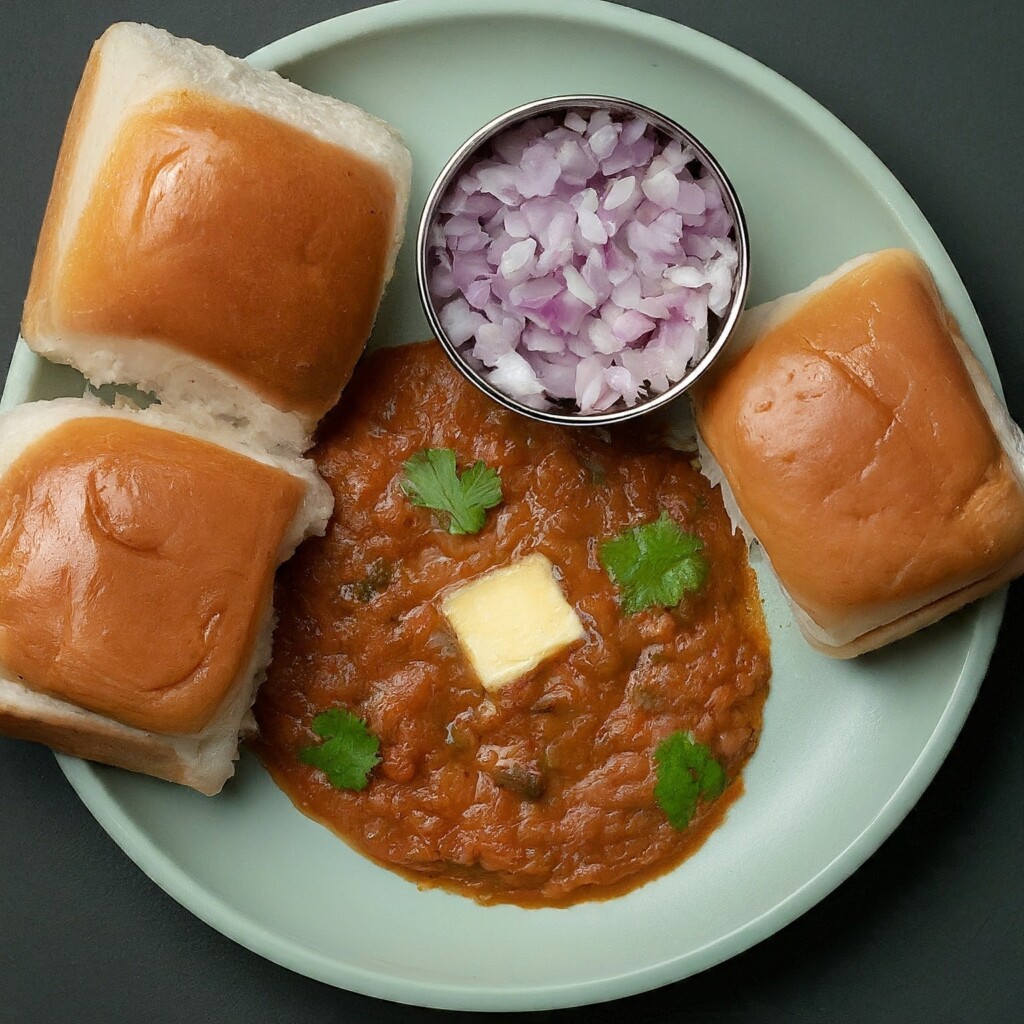
Traditional Presentation
Serve the Bhaji hot, topped with a dollop of butter, alongside the buttered pav. Garnish with chopped onions, coriander, and lemon wedges.
Creative Serving Ideas
Try serving Pav Bhaji with a side of yogurt or a salad for a fresh twist. You can also use it as a filling for wraps or sandwiches.
Variations of Pav Bhaji
Vegan Pav Bhaji
Substitute butter with oil or vegan butter and ensure that the pav is also vegan-friendly. This variation maintains the flavor while accommodating a vegan diet.
Jain Pav Bhaji
For a Jain version, omit onions and garlic, and use only allowed vegetables and spices. This variation respects dietary restrictions while still delivering great taste.
Low-Fat Pav Bhaji
Reduce the amount of butter used in the Bhaji and pav to create a lower-fat version. Use less oil for sautéing and opt for whole wheat pav for a healthier option.
Tips and Tricks
Achieving the Perfect Texture
Ensure that the vegetables are boiled until very soft and mashed thoroughly to achieve a smooth, creamy texture.
Adjusting Spice Levels
Taste the Bhaji as it cooks and adjust the spice levels to your preference. Add extra Pav Bhaji masala for more heat or a touch of sugar to balance flavors.
Making It Ahead of Time
Pav Bhaji can be prepared ahead of time and stored in the refrigerator for up to 3 days. Reheat thoroughly before serving.
Common Mistakes to Avoid
Overcooking Vegetables
Avoid overcooking the vegetables as it can lead to a mushy texture. Cook them just until tender.
Under-seasoning
Ensure you use enough spices and seasoning to enhance the flavor. Taste and adjust as needed.
Using the Wrong Type of Pav
Choose soft, fresh pav for the best experience. Avoid using stale or hard bread rolls.
FAQs
How can I make Pav Bhaji spicier?
Add extra Pav Bhaji masala or green chilies during cooking for more heat.
Can I use frozen vegetables for Pav Bhaji?
Yes, frozen vegetables can be used. Just ensure they’re properly thawed and drained before cooking.
How do I store leftover Pav Bhaji?
Store in an airtight container in the refrigerator for up to 3 days. Reheat thoroughly before serving.
What are the best types of bread to use?
Soft, fluffy pav or dinner rolls work best. They should be buttered and toasted lightly.
Can I make Pav Bhaji without Pav Bhaji masala?
While Pav Bhaji masala adds the authentic flavor, you can substitute with a mix of cumin, coriander, and garam masala.
Conclusion
Pav Bhaji is more than just a dish; it’s a piece of Indian street food culture that brings warmth and comfort to any meal. With this detailed recipe and guide, you can recreate this beloved dish right in your own kitchen, even when you’re far from India. Whether you’re cooking for family or friends, Pav Bhaji offers a delightful blend of spices and flavors that are sure to please. Try the recipe, experiment with the variations, and enjoy a taste of India in the USA.
Quick Takeaways
- Pav Bhaji is a popular Indian street food made from mashed vegetables and spices.
- Essential ingredients include potatoes, tomatoes, bell peppers, and Pav Bhaji masala.
- Serve Pav Bhaji with buttered pav, onions, coriander, and lemon wedges.
- Variations include vegan, Jain, and low-fat options.
- Key tips include avoiding overcooking vegetables and adjusting spice levels to taste.
Bottom Line
Enjoyed this Pav Bhaji recipe? Share your thoughts and any variations you’ve tried in the comments below! Don’t forget to share this recipe with friends and family who might also love a taste of India.


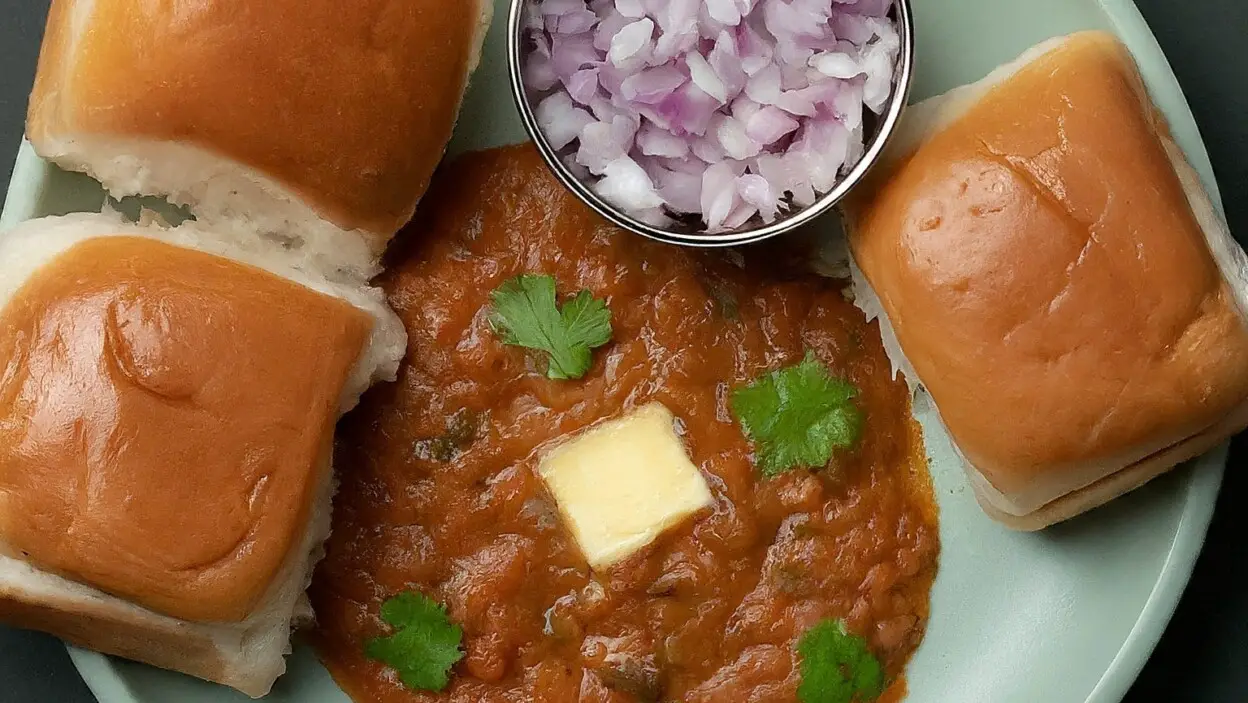

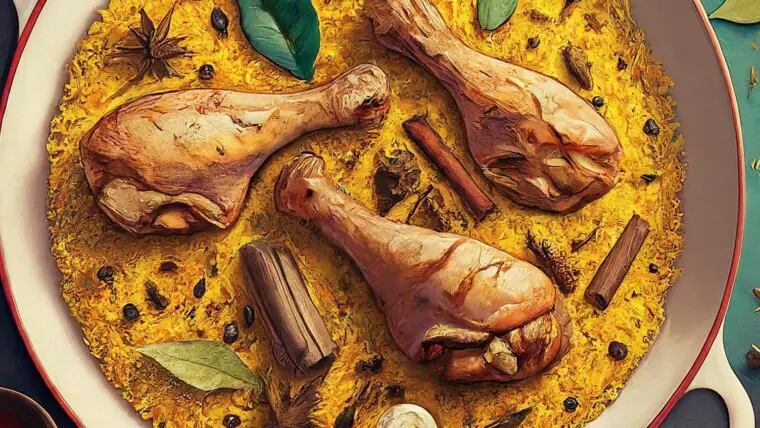
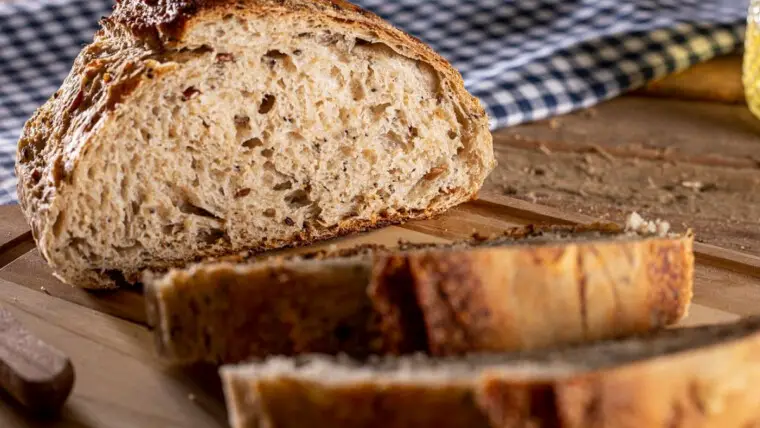
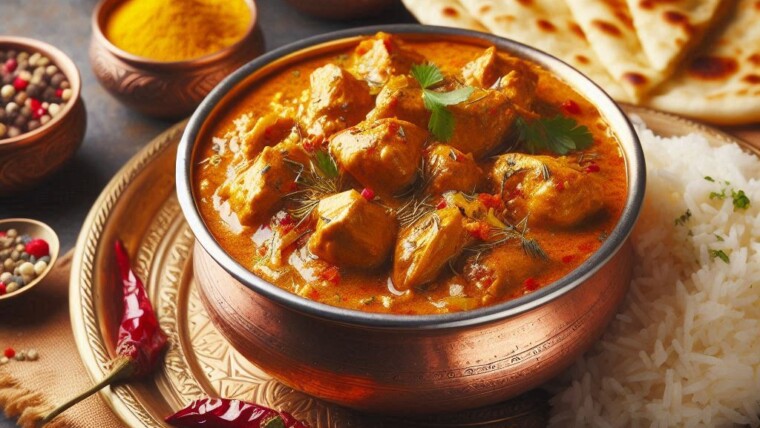
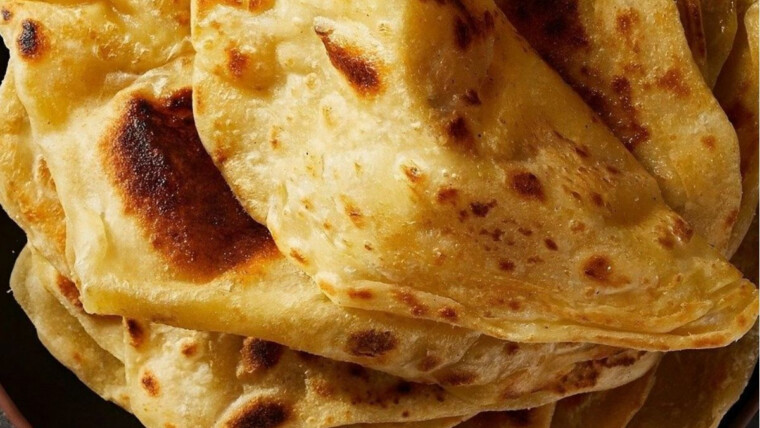

One Reply to Authentic Pav Bhaji Recipe: A Flavorful Indian Street Food Experience in the USA
Amish Rhubarb Jam Recipe
Homemade Fried Donuts Recipe
Authentic Chicken Mongolian Recipe
Sauteed Asparagus With Mushrooms Recipe
What are some examples of traditional foods that can be stuffed inside a loaf of bread?
Papaya for Diabetes: How Often Should It Be Consumed and When Is the Best Time of Day?
How do people rediscover old, forgotten recipes? Are they typically stumbled upon or found intentionally?
567 Mango Lassi Quotes To Fulfill Your Desires For Something Tropical